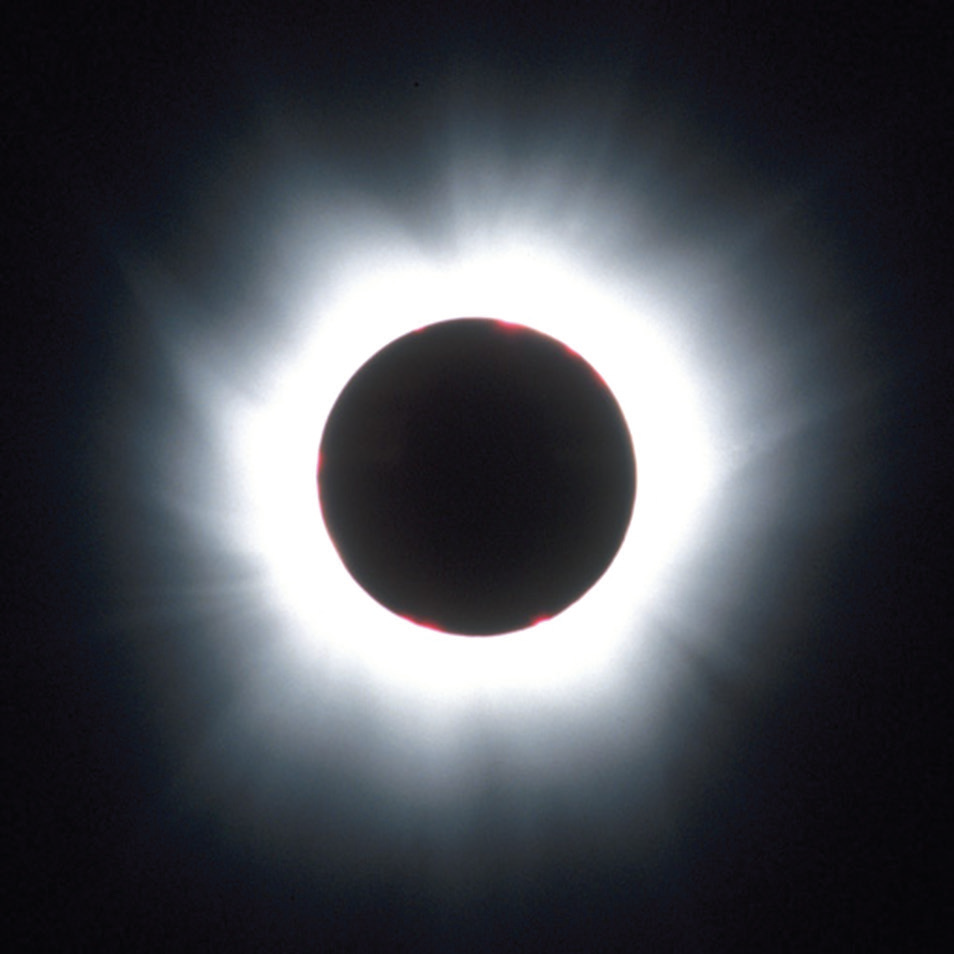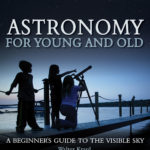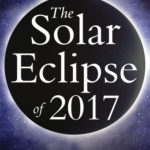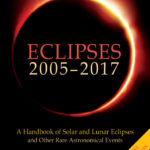“I spy, with my little eye, something beginning with ‘E’…”
by Floris Books • 16 September 2016 • Astronomy • 0 Comments
Look up and cast your mind back to the solar eclipse of 2015. If you, like us, were transfixed by this spectacular event then you might be interested to know that the Great American Eclipse of 2017 is just over the horizon. Looking for another eclipse? Then look no futher!
A stubble field in north-west France, August 11, 1999…
“… There are audible gasps. A shiver
courses through my spine – and the Sun has suddenly gone,
switched off, to be replaced by a black disk, bounded by a
thin burnished-gold ring. Ghostly grey petals radiate from
the disk: solar streamers of rarefied gases lancing through
the corona, the outer atmosphere of our local star, now
blotted out for two minutes and ten seconds.”
History repeating…
On August 21 history will repeat itself in the USA as the shadow of the Moon, touching down upon the Earth in the North Pacific halfway between Japan and the USA, rushes eastwards across the ocean at great speed. It will make landfall in the continental United States at 10:17 a.m. Pacific Daylight Time (17:17 gmt), at Lincoln City, Oregon, hurtling across the coast at 2,400 miles per hour (3,900 km/h). In a near replay of the trans-American total solar eclipse of June 8, 1918, the shadow will cross the continent diagonally, finally moving onto the Atlantic from the coast of South Carolina (the 1918 path crossed Florida).
About twelve million people actually live within the totality path.
Will you be standing in the dark of the speeding lunar shadow as it visits America in August?
What is the record length for an eclipse?
The longest has already happened: on July 22, 2009, in south-east Asia, the Sun was blotted out for a remarkable 6 minutes and 39 seconds.
Where can I see a solar eclipse?
A total solar eclipse might be seen from any one location on Earth approximately once every 375 years. During the twenty-first century there are 68 of them, an average of two every three years.
Will I see it in the UK?
In the UK, a small partial eclipse will be seen, peaking around 20.00 BST. The closer you are to the path of totality, the more of the Sun will be obscured.
Tips for watching the eclipse
Precautions are absolutely essential: only proper eclipse glasses and viewers should be used. Smoked glass, sunglasses and the like are unsuitable. For indirect viewing, allow the Sun’s light, passing through a small hole in a sheet of card, to form a solar image on a white screen. Only during totality is it safe to look directly at the eclipsed Sun.
By Bob Mizon
If you get starry eyed at the prospect of the eclipse then find all the details and more in Bob Mizon’s spectacular Stargazers Almanac 2017.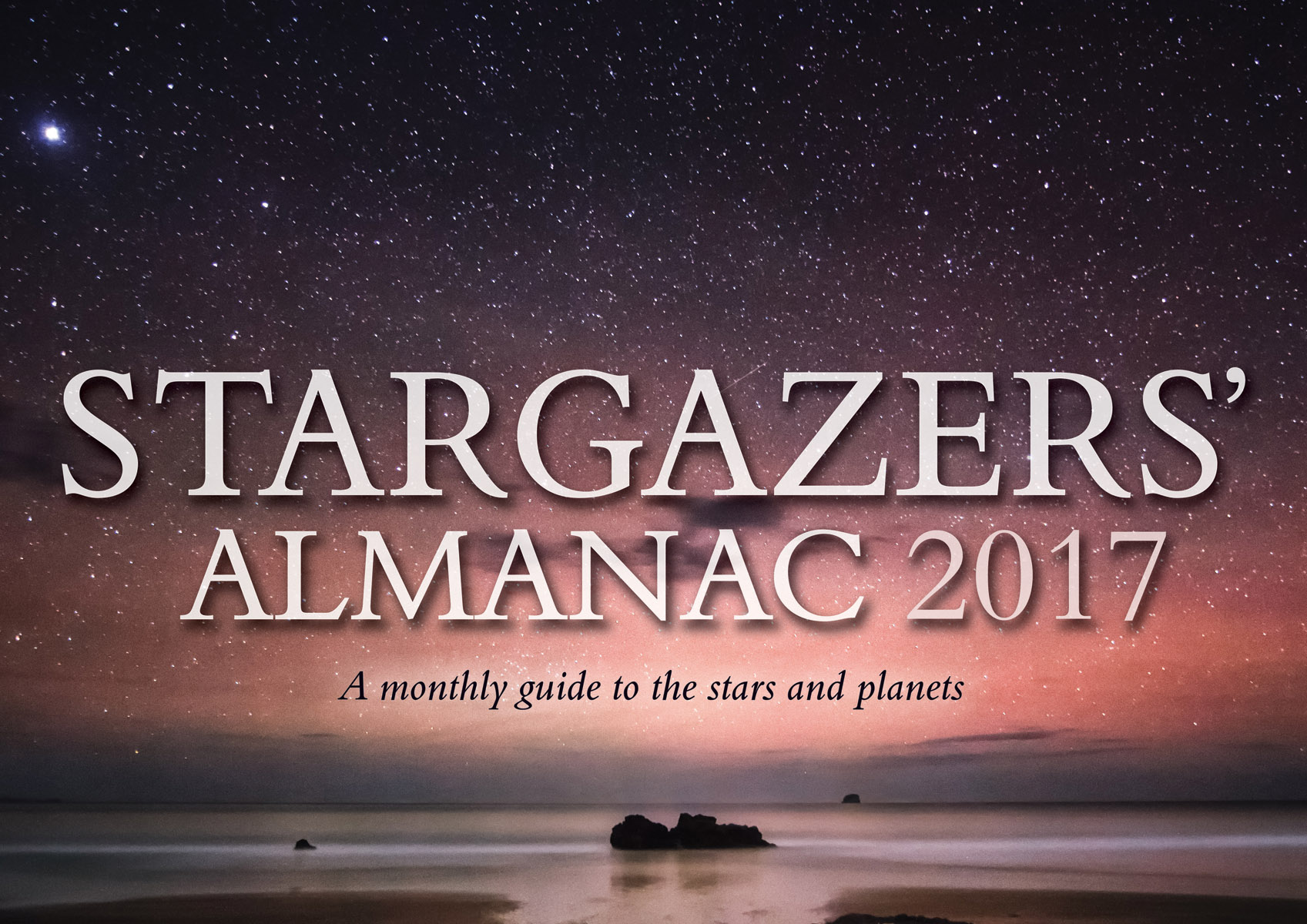
Why not also check out the following titles:
Astronomy for Young and Old A Beginner’s Guide to the Visible Sky
